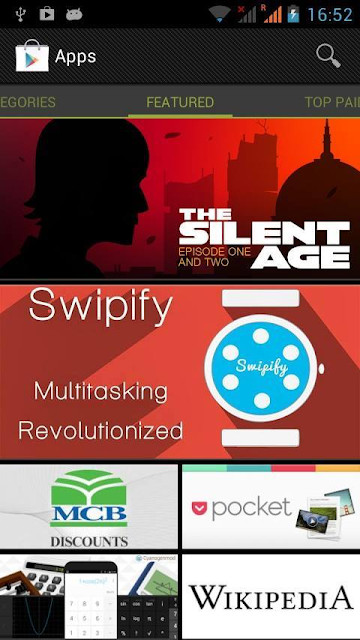Working Together for Success: Understanding the Roles and Responsibilities in Software Engineering Companies
In software engineering companies like Facebook and Google, there are several roles that work together to write scalable and maintainable code and product releases. These roles include the product manager, engineering manager, technical product manager, product designer, data scientist, and data engineer. The Product Manager is responsible for setting the product vision and defining the product roadmap. They work closely with the engineering team to ensure that the product is being developed according to the specifications and timelines that have been set. They also work with the design team to ensure that the product has a user-friendly interface and meets the needs of the target audience. The Engineering Manager is responsible for managing the engineering team and ensuring that the team is working efficiently and effectively. They are responsible for making sure that the engineering team is following best practices and coding standards, and they ensure that the team is working on t...

